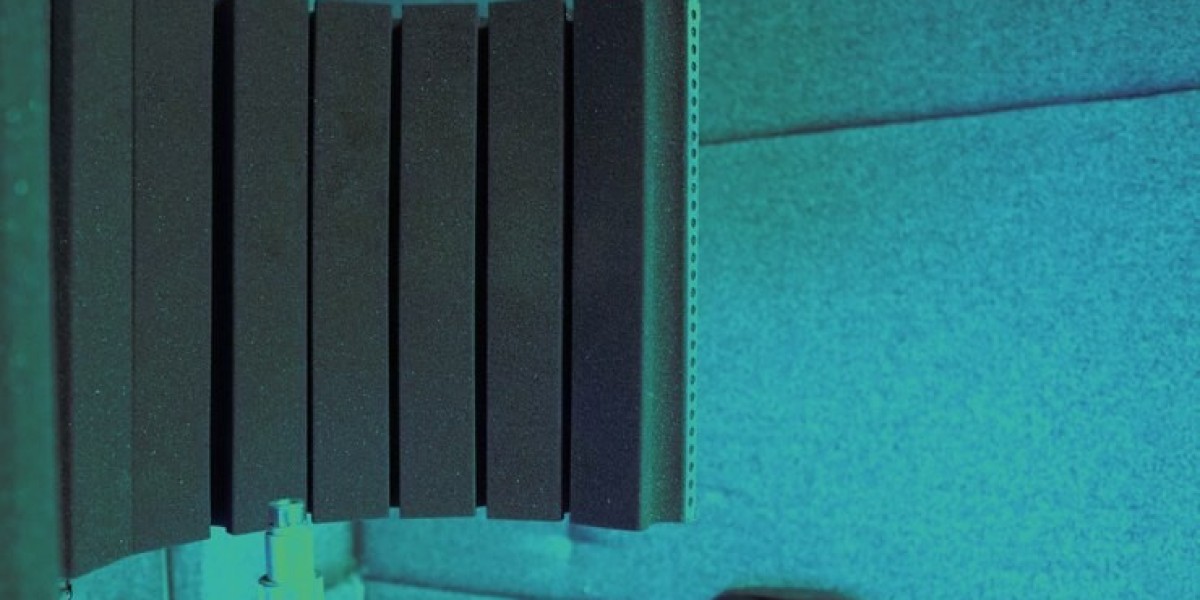Are you tired of hearing every little noise from your neighbours? Do you dream of having a peaceful, quiet sanctuary in your home? If so, you're not alone. Many people struggle with unwanted noise penetrating their walls and disrupting their daily lives.
But fear not! In this blog post, we will explore the basics of soundproof wall insulation and how you can effectively insulate your walls to create a tranquil environment you've always wanted.
Understanding Soundproofing:
To understand how soundproofing works, we need to delve into the science behind sound transmission through walls. Soundproofing is the process of reducing or eliminating the transfer of sound between different spaces. It involves using materials and techniques that absorb, block, or redirect sound waves, preventing them from passing through walls.
However, there are common misconceptions about soundproofing, such as thinking that adding more drywall layers will do the trick. Understanding the true principles behind soundproofing is important to achieve the desired results.
Types of Wall Insulation:
Various types of insulation materials can be used to soundproof walls. Each type has its own pros and cons, and it is essential to consider these factors when choosing the right soundproof wall insulation for your home. Some common materials include fiberglass, foam, and cellulose insulation.
Fibreglass insulation is one of the most popular options due to its affordability and effectiveness, while foam insulation provides excellent soundproofing properties. Cellulose insulation, made from recycled materials, is also a good choice for its eco-friendly nature.
DIY Soundproofing Techniques:
If you're on a budget, there are simple steps you can take to soundproof your walls yourself. One method is to use weather stripping and acoustic caulk to seal any gaps or cracks in your walls, preventing sound from leaking through. Another option is to install soundproof curtains or acoustic panels, which can absorb and dampen sound. These DIY techniques are cost-effective and can significantly improve the soundproofing of your walls.
Professional Soundproofing Methods:
For a more advanced and comprehensive soundproofing solution, hiring a professional is recommended. They have the expertise and knowledge to assess your specific needs and provide tailored solutions. Professional soundproofing methods may include adding additional layers of soundproofing material to your walls, installing resilient channels to decouple the wall structure, or using specialised soundproofing membranes. These methods can greatly enhance the soundproofing capabilities of your walls.
Conclusion:
With the right knowledge and tools, you can transform your home into a sanctuary where you can escape from the hustle and bustle of the outside world. Imagine relaxing in your living room without being disturbed by the sounds of traffic or noisy neighbours. Or enjoying a good night's sleep without being woken up by the sounds of sirens or barking dogs. You can finally enjoy your favourite activities without worrying about disturbing others. Don't let noise control your life any longer. Take control and create the serene environment you deserve. Get ready for soundproof wall insulation as output and experience the joy of a noise-free living space.








